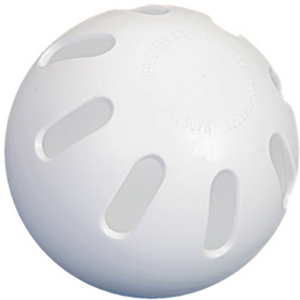Tartar and plaque are two words that people who visit their dentists regularly must be very familiar with. Do you know how they affect your oral hygiene?
To start, here is an explanation of the two terms:
Plaque: Plaque is a colorless coating over the teeth and gums formed constantly by the bacteria that are naturally present in the mouth. It becomes noticeable if you have not brushed your teeth in a while; scraping your teeth reveals a whitish substance. It can be removed by brushing.
Tartar: Tartar is hardened plaque and is also known as “dental calculus.” Plaque hardens into tartar after about 10 days. Tartar in turn increases plaque formation by providing a rougher surface for plaque to attach to. Unlike plaque, tartar cannot be removed by brushing. Tartar forms between teeth and underneath the gum-line, allowing plaque to form in places that regular brushing cannot reach.
Effects of Plaque and Tartar on Your Teeth and Gums
–Plaque breaks down food in the mouth to produce acids that attack the teeth to cause tooth decay and cavity formation. These acids cause red, swollen, painful and bleeding gums (gingivitis). They also destroy the gums and structures surrounding the teeth (periodontitis) and lead to loss of teeth.
–Tartar is easily stained by food and cigarette smoke. This leads to discolored teeth.
–Plaque and tartar cause bad breath by causing tooth decay.
How to Remove Plaque and Tartar and Prevent Their Build-Up
Removing and preventing plaque and tartar requires doing things that you mostly already do, with a few slight tweaks:
—Brush Regularly: You should brush at least twice a day, in the morning and at night. If possible, you should brush after every meal. Brush for at least 2-3 minutes.
—Use Toothpaste that Contains Fluoride: Fluoride protects teeth from decay. You can also use tartar-control toothpaste.
—Look for Plaque: Stain plaque (which is normally colorless) by chewing “disclosing tablets,” which can be bought at a grocery or drug store. This shows you where you need to brush better.
—Floss Regularly: Flossing can reach places where your toothbrush may not reach (e.g. between your teeth).
—Eat Less Sugary Foods: Sugary, sticky and starchy foods are especially broken down by plaque to release acids that destroy your teeth.
—Visit Your Dentist Regularly: Once tartar has formed on your teeth, only a dental professional can remove it. A dentist is also the best person to assess your oral hygiene to see if you need to improve it. He or she can carry out special oral hygiene/dental procedures that cannot be done at home.
It is easy to maintain healthy teeth and gums. Just remember to do all of the above regularly.
Sources:
“What is Plaque?” Colgate.com.
“What is Tartar?” Colgate.com.
Plaque: What It Is and How to Get Rid of It,” National Institute of Health.
“Kinds of Toothpastes,” DentalGentleCare.com.




